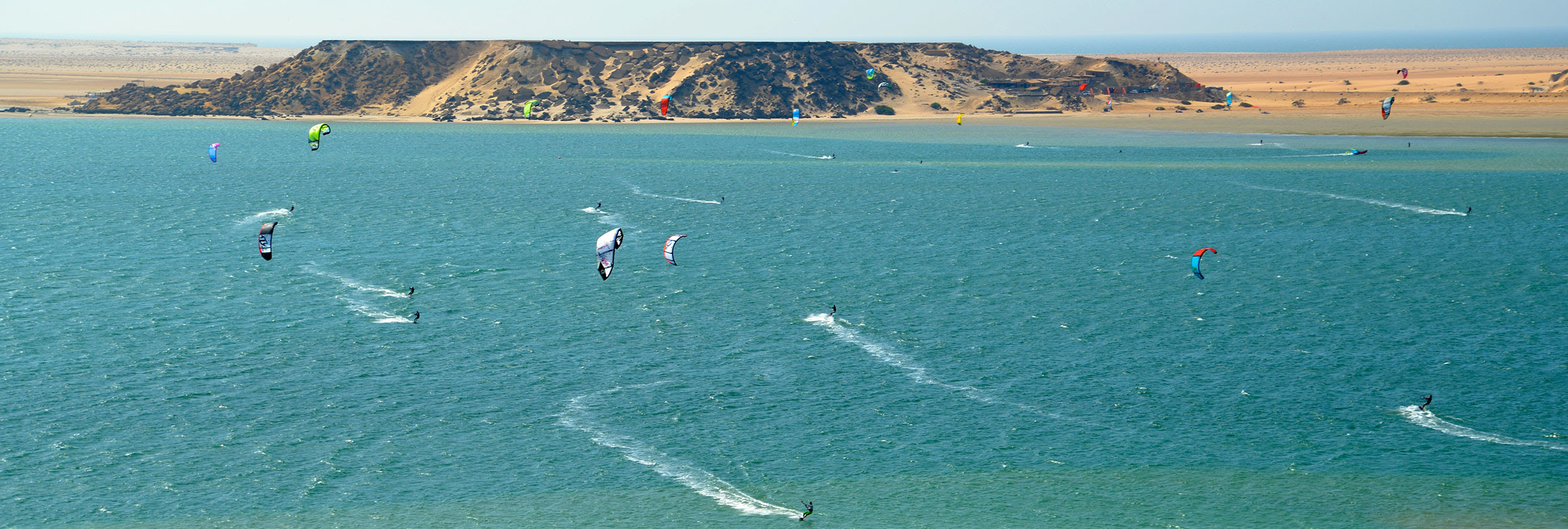Composites World
Edited by Scott Francis
The Moroccan plant is part of Hexcel’s ongoing worldwide investment to meet the aerospace market’s growing demand for engineered core.
Advanced composite materials manufacturer Hexcel (Stamford, CT, US) celebrated the grand opening of its state-of-the art manufacturing facility at the MidParc Free Trade Zone in Casablanca, Morocco on March 21. The opening ceremony was attended by Moulay Hafid Elalamy, Minister for Industry, Trade, Investment and Digital Economy; Nick Stanage, Hexcel chairman, CEO and president; and Thierry Merlot, president of Aerospace for Europe/Asia Pacific/MEA.
At the new $20 million facility, Hexcel transforms lightweight honeycomb materials into engineered core parts that provide structural reinforcement for aerospace applications including aircraft structures, engine nacelles and helicopter blades. The site is expected to employ more than 200 people by 2020, and it made its first customer delivery last December.
The Moroccan plant is part of Hexcel’s ongoing worldwide investment to create a diversified and robust global supply chain to support aerospace customers’ growing demand for engineered core. In recent years, Hexcel has increased capacity at existing plants to support its engineered core business and plans further expansions to capture additional opportunities in a global market with excellent growth potential.
“We could not be more pleased to become neighbors here in Midparc with our customers including Airbus, Boeing, Safran and Bombardier,” says Stanage. “This facility is critical to our success because it positions us to secure additional growth with our aerospace customers in Morocco and around the world.”
“The Aerospace sector is achieving its potential in terms of export business and local integration, following the launch of the Industrial Acceleration Plan,” adds Elalamy. “The recently launched engines and composite materials ecosystems add significantly increased value that Hexcel will support and reinforce. The company is the driving force of the composite materials ecosystem, and its business is sure to encourage other structural investments to the region.”





